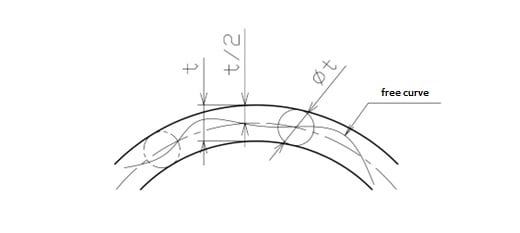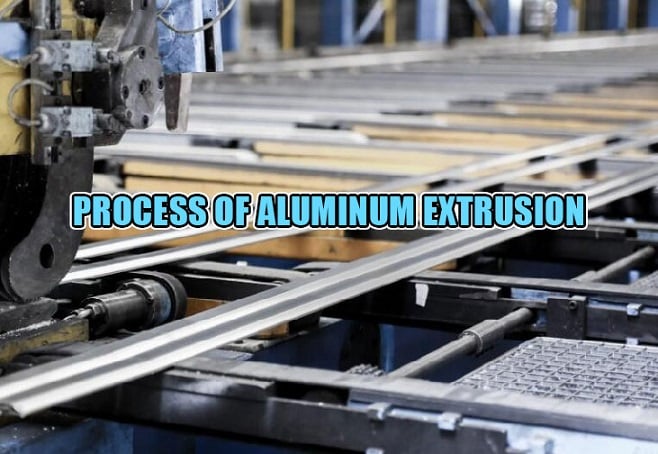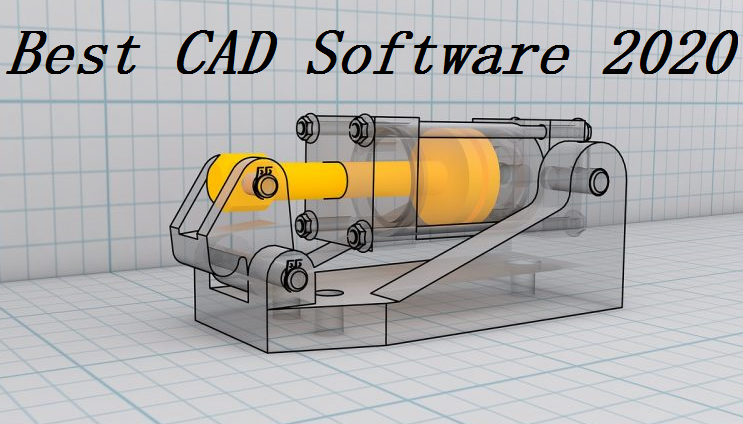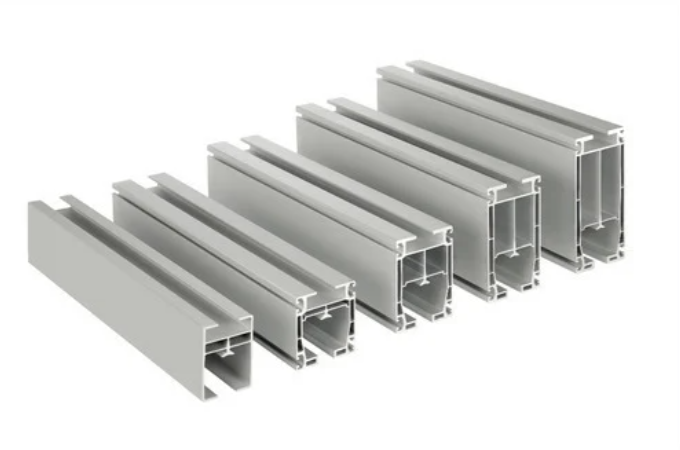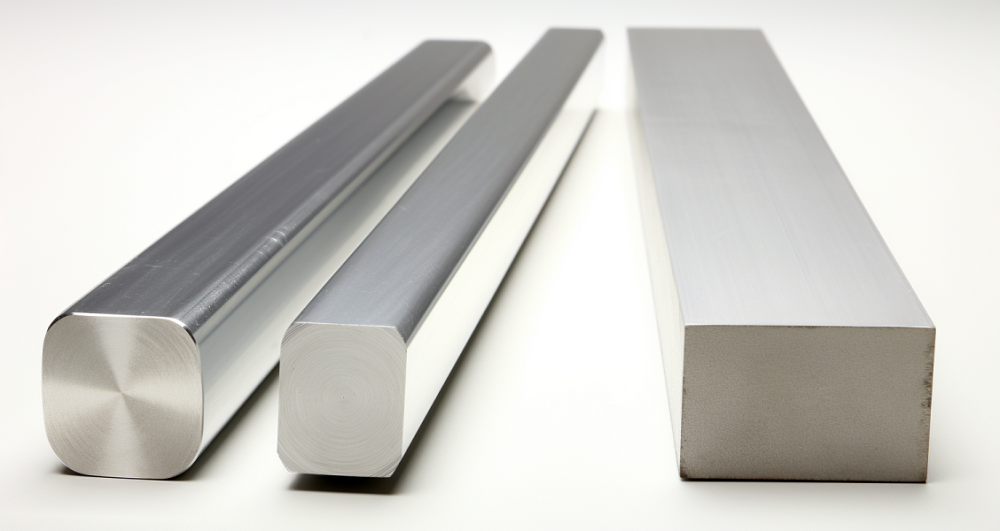Aluminum extrusions have emerged as versatile solutions for a myriad of applications in the world of engineering and manufacturing. Among the many profiles available, three prominent choices are the 2020, 4040, and 8020 aluminum extrusions. These profiles, each with their unique characteristics and capabilities, cater to a wide range of industries. In this comprehensive blog, we talk about the depths of these aluminum extrusion profiles, examining their features, strength, applications, and other crucial aspects. By the end, you’ll have a thorough understanding of which profile suits your specific needs.
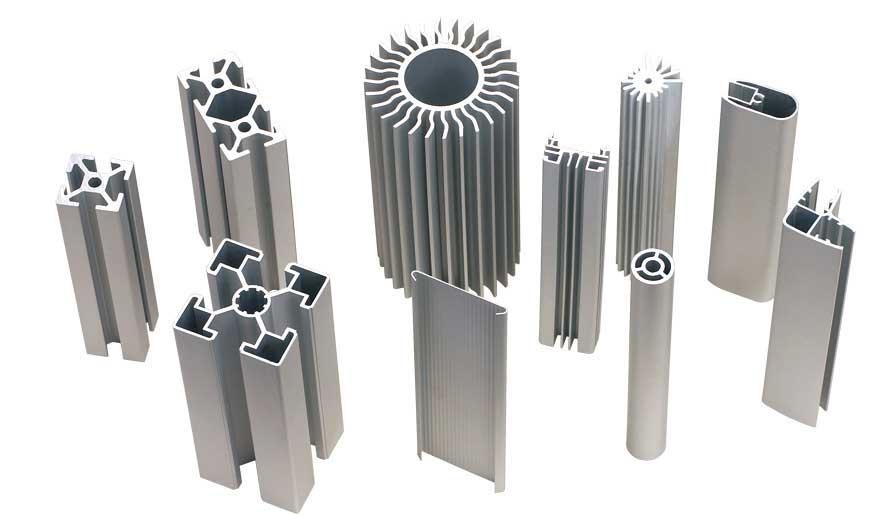
Features Comparison of 2020 vs 4040 vs 8020 Aluminum Extrusion:
Aluminum extrusions are defined by their distinct attributes that shape their overall performance. The 2020, 4040, and 8020 profiles possess characteristics that set them apart, ensuring they excel in different scenarios.
2020 Aluminum Extrusion:
The 2020 profile, characterized by its 20mm by 20mm dimensions, offers a balance between compactness and utility. Its smaller size allows for intricate designs, making it an ideal choice for applications demanding precision. Despite its compactness, the 2020 profile maintains impressive rigidity, essential for supporting lightweight structures.
4040 Aluminum Extrusion:
Stepping up in size, the 4040 profile measures 40mm by 40mm. This increase in dimensions translates to enhanced strength and stability. The larger cross-sectional area provides room for accommodating heavier loads, making the 4040 profile a preferred choice for applications requiring substantial structural integrity.
8020 Aluminum Extrusion:
At the upper end of the spectrum, the 8020 profile boasts dimensions of 80mm by 80mm. This profile is synonymous with strength and durability. Its bulkier frame caters to heavy-duty applications that demand exceptional load-bearing capacity and resistance to extreme conditions.
Related Read: What is SPHC & SPCC Steel – SPHC & SPCC Material Properties, Equivalent Grade, Differences
Strength and Durability Comparison of 2020 vs 4040 vs 8020 Aluminum Extrusion:
The strength of an aluminum extrusion profile plays a pivotal role in determining its suitability for various applications. Let’s examine how the 2020, 4040, and 8020 profiles stack up in terms of strength and durability.
2020 Aluminum Extrusion:
While the 2020 profile is comparatively smaller, it doesn’t compromise on strength. This profile can withstand moderate loads and forces, making it a reliable choice for projects that prioritize precision over sheer power. Its strength-to-weight ratio ensures stability without excessive weight.
4040 Aluminum Extrusion:
The 4040 profile takes a significant stride in terms of strength. With its larger dimensions, it exhibits a higher load-bearing capacity. This makes it a valuable asset in scenarios where the application demands a balance between structural resilience and versatility.
8020 Aluminum Extrusion:
At the pinnacle of strength, the 8020 profile excels in heavy-duty applications. Its robust construction and larger cross-section allow it to withstand substantial loads and forces. This profile is tailor-made for projects requiring unparalleled durability and resilience.
Applications Comparison of 2020, 4040, 8020 Aluminum Extrusion:
The choice of aluminum extrusion profile heavily depends on the intended application. Let’s explore the diverse fields where the 2020, 4040, and 8020 profiles find their respective niches.
2020 Aluminum Extrusion:
The 2020 profile’s precision and compactness render it perfect for applications in electronics, robotics, and 3D printers. Its ability to create intricate structures with minimal space consumption makes it a favorite among innovators seeking to optimize small-scale designs.
4040 Aluminum Extrusion:
The 4040 profile’s versatility shines in applications such as machine frames, conveyors, and industrial workstations. Its balance between strength and adaptability makes it an indispensable component in the manufacturing sector, where a blend of structural integrity and flexibility is paramount.
8020 Aluminum Extrusion:
Industries requiring uncompromising strength and durability, such as aerospace, automotive, and heavy machinery, often turn to the 8020 profile. This profile’s exceptional load-bearing capacity and resistance to harsh conditions make it a cornerstone in engineering marvels that demand longevity and reliability.
Other Differences Between 2020 vs 4040 vs 8020 Aluminum Extrusion:
Beyond the core characteristics, strength, and applications, several other factors come into play when selecting the right aluminum extrusion profile. These aspects contribute to the overall performance and user experience.
Machinability and Customization:
The ease of machining and customization varies across profiles. The 2020 profile’s smaller dimensions lend themselves well to intricate machining, allowing for detailed modifications. The 4040 profile offers a middle ground, striking a balance between ease of machining and structural stability. The 8020 profile, while more challenging to machine due to its bulk, provides ample surface area for extensive customization.
Assembly and Integration:
Efficient assembly and integration are crucial for streamlined production. The 2020 profile’s compact size eases assembly in confined spaces, while the 4040 profile’s slightly larger build simplifies alignment and attachment. The 8020 profile, though more cumbersome to handle, offers enhanced structural connectivity options, contributing to seamless integration in complex projects.
Cost-effectiveness:
Cost considerations play a role in material selection. The 2020 profile, being smaller and lighter, often presents a cost-effective solution for projects with lower budget constraints. The 4040 profile offers a well-rounded compromise between cost and performance, catering to a wide range of industries. The 8020 profile, while generally pricier, justifies its cost through exceptional strength and durability, making it a cost-effective choice for projects demanding longevity.
In the realm of aluminum extrusion profiles, the 2020, 4040, and 8020 variants stand out as representatives of distinct strengths and capabilities. Each profile has its unique characteristics that make it a suitable choice for various applications, whether in precision-focused industries, versatile manufacturing settings, or heavy-duty engineering feats. The selection process hinges on a thorough understanding of the project’s requirements, considering factors like strength, dimensions, applications, machinability, and integration.
As the technological landscape continues to evolve, so do the demands placed upon materials like aluminum extrusions. Engineers and designers are empowered by the availability of these profiles to bring their visions to life. Whether it’s the precision of the 2020 profile, the adaptability of the 4040 profile, or the robustness of the 8020 profile, the world of aluminum extrusions offers a spectrum of possibilities limited only by creativity and innovation.


